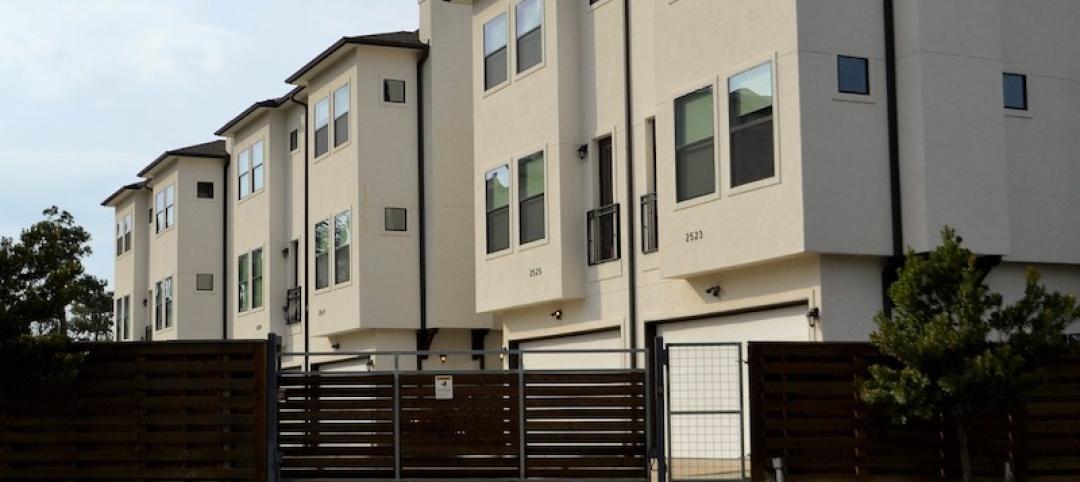New research from a George Washington University research group and LOCUS, a coalition of real estate investors that's part of Smart Growth America,says that offices in “Walkable Urban Places (WalkUPs)” bring developers 74% more rent per square foot.
The study, “Foot Traffic Ahead: Ranking Walkable Urbanism in America’s Largest Metros,” also found that areas that rank high for walkable development average 38% higher GDP than lower-ranking communities.
The researchers say that the increase in demand for pedestrian-friendly office buildings is part of a societal shift. “The last time we saw a structural change like this was back in the ’40s and ’50s,” said Christopher Leinberger, one of the authors of the report. “It’s going to take 20 to 30 years to catch up with pent-up demand.”
The study ranks the top 30 U.S. metro areas for their levels of walkable urbanism as well as projecting future rankings. It found 558 “WalkUPS” in those areas, defining them as regionally significant major employment centers. In the top 30 metros, WalkUPS take up just 1% percent of the available acreage, but account for as much as 50% of the office, hotel, apartment, and retail square footage.
Walkable urban developments are not as easy to create as the “formula product” that characterizes drivable suburban development, the study’s authors say. That’s due in part to NIMBYism and more complex permitting and review processes required in urban locations.
Related Stories
Codes and Standards | Oct 31, 2019
FEMA, ICC release updated guide on integrating I-Codes into floodplain management regulations
Provides advice on satisfying requirements for the National Flood Insurance Program.
Codes and Standards | Oct 30, 2019
ILFI releases new version of Living Building Challenge Framework for Affordable Housing
Document includes updated findings, case studies, new strategies for financing, designing, building affordable housing.
Codes and Standards | Oct 28, 2019
U.S. military demands landlords address health hazards in troop housing
Air Force threatens formal dispute process.
Codes and Standards | Oct 24, 2019
ASHRAE design contest winners demonstrate building resilience
Model building, a city hall, could operate without utility service for two weeks.
Codes and Standards | Oct 22, 2019
Efficient material design, low-carbon concrete are critical to cutting GHG emissions in construction
Enhancing building utilization and reusing materials also aid carbon reduction.
Codes and Standards | Oct 21, 2019
Historic properties not exempt from Americans With Disabilities Act
Some exceptions do apply.
Codes and Standards | Oct 18, 2019
St. Louis could save $61 million per year in energy costs by improved building performance
GHG gases can be reduced by at least 11% with upgrades to public buildings and large private buildings.
Codes and Standards | Oct 17, 2019
Slow payments cost GCs and subs $64 billion annually
Study finds 51-day average payment turnaround.
Codes and Standards | Oct 16, 2019
Cool pavement can make people hotter
Reflective coatings channel sunlight raising temperatures where pedestrians walk.
Codes and Standards | Oct 15, 2019
Utah adopts 2018 International Energy Conservation Code
Provisions include increased building envelope performance and reduced air infiltration.

















